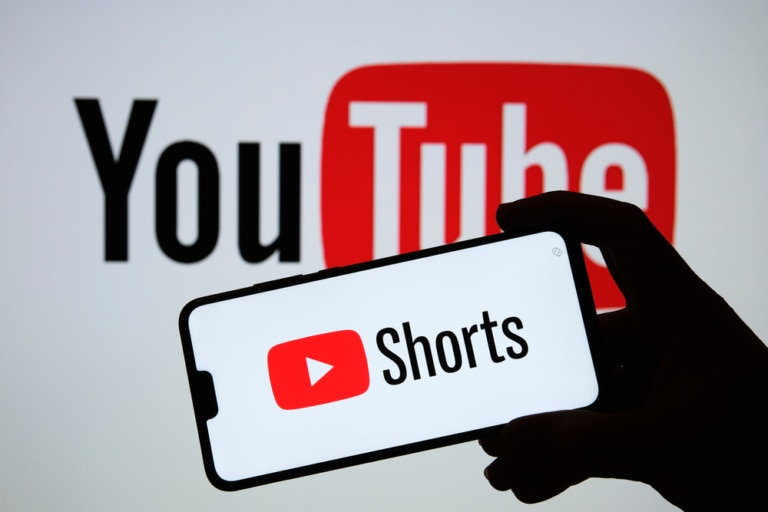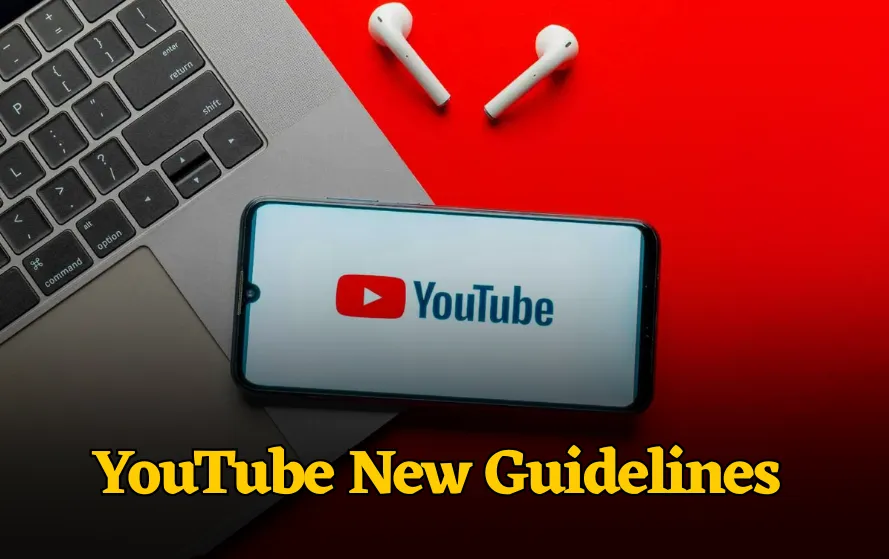AI-Generated Content Is at Risk: YouTube’s 2025 Monetization Policy Shocks Creators
YouTube has started demonetizing AI-generated content and creators are freaking out.
In a major July 2025 update, YouTube rolled out new rules that limit how AI videos, voiceovers, deepfakes, and synthetic visuals can be used—and monetized. If you use tools like ElevenLabs, ChatGPT, D-ID, or Pictory to generate content, your YouTube channel could be at risk unless you follow the new disclosure and policy guidelines.
In this article, we break down YouTube’s new 2025 AI content policy, explain exactly what’s allowed (and what’s not), and show you how to protect your channel from demonetization or takedown.
Overview of the July 2025 AI Policy Update
YouTube now considers AI-generated content to be any material created with artificial intelligence tools, including:
- Voice cloning
- AI-generated narration
- AI-created visuals or animation
- Deepfake or synthetic faces
- AI-written scripts presented as factual
These updates fall under YouTube’s “Responsible AI Use” initiative, which aims to improve transparency and reduce misinformation on the platform.
Key Policy Changes Explained
| Policy Area | Previous Rule | New Rule (July 2025) |
|---|---|---|
| AI Disclosure | Optional | Mandatory during upload |
| Voice Cloning | Unregulated | Requires explicit consent |
| Deepfakes / Faces | Allowed | Must be labeled or removed |
| AI Monetization | Allowed freely | Allowed with disclosure and value |
| Shorts Moderation | Minimal | Now strictly reviewed |
| Misleading Content | Grey area | Flagged and subject to takedown |
What Counts as AI-Generated Content?
YouTube defines AI-generated content broadly. If your video includes any of the following, it must be disclosed:
- Text-to-speech voices generated by AI
- Videos created with AI avatars or synthetic characters
- AI-generated commentary scripts read by a robot voice
- AI-generated faces that impersonate real people
- Altered footage using AI visual effects
Even if you use AI for only part of the video (like narration), you are still required to disclose it.

Monetization Rules for AI-Generated Content
You can still monetize AI content on YouTube in 2025—but only if:
- You clearly disclose it in the “Content Declaration” section
- The content offers original or transformative value
- You avoid cloning real people or misleading viewers
- Your content aligns with Community Guidelines and AdSense rules
Examples of What is Allowed:
- AI-generated animation with your own narration
- AI voiceover explaining factual content you wrote
- Faceless YouTube videos created using AI tools and edited with personal insight
Examples of What is Not Allowed:
- Deepfake videos impersonating celebrities or influencers
- Voice clones of public figures without consent
- AI-generated videos spreading misinformation
- AI Shorts with no human input or unique perspective
How to Properly Disclose AI Content on Upload
When uploading your video, YouTube now requires you to complete a section labeled “Content Declaration”. If your video includes:
- AI-generated voice
- AI visuals or deepfakes
- AI-created synthetic characters
- Altered media that looks real
You must check the corresponding disclosure box. Failure to do so may result in content being flagged, demonetized, or removed.
Why YouTube Made This Change
The policy change is part of YouTube’s effort to address growing concerns over misinformation, deepfakes, and impersonation. Several factors influenced this move:
- Rising number of AI-generated hoaxes and fake celebrity videos
- Pressure from advertisers to clearly identify synthetic content
- International government regulations requiring transparency
- Protecting younger or vulnerable audiences from deception
YouTube says the goal is not to ban AI, but to ensure it’s used responsibly.
How YouTube Will Detect AI-Generated Content
YouTube is combining advanced detection tools and manual review to identify synthetic content:
- OpenAI and Meta watermarking technologies
- AI pattern detection for cloned voices and images
- Voice fingerprinting to recognize impersonations
- Manual moderation for videos flagged by viewers or automated systems
Channels repeatedly violating the new rules may face demonetization or removal.
Penalties for Non-Compliance
Creators who violate the AI content rules may face the following:
- Demonetization of affected videos
- A warning or Community Guidelines strike
- Video takedown
- Channel suspension or termination in repeated cases
YouTube has warned that accounts publishing large amounts of undisclosed AI deepfakes or impersonation content will be prioritized for enforcement.
How to Stay Monetized with AI Content
Here’s how to stay compliant and continue monetizing your videos in 2025:
- Always disclose AI use in the upload process
- Avoid impersonating real people without written permission
- Add disclaimers in your video description if necessary
- Combine AI-generated media with human narration, edits, or commentary
- Monitor updates on YouTube’s official Creator Studio blog

Example Scenarios
Scenario 1: AI Narration Channel
Allowed: You use ElevenLabs or a similar tool to generate voiceovers for educational topics and write all the scripts yourself.
Not Allowed: You clone a famous actor’s voice and present it as if they narrated your video.
Scenario 2: AI Faceless Shorts Channel
Allowed: You create videos using Runway-generated visuals, add your commentary, and label it as AI.
Not Allowed: You use ChatGPT to create a script, clone a celebrity voice, and pass it off as real news.
Frequently Asked Questions
Can you still use AI for YouTube content in 2025?
Yes, as long as it is disclosed and does not mislead viewers.
Can AI voices be monetized?
Yes, if the voice is synthetic and not impersonating anyone. Celebrity voice clones are not allowed.
Will YouTube ban AI content in the future?
No. YouTube supports AI creativity as long as it follows the platform’s ethical and transparency standards.
Are YouTube Shorts affected by this?
Yes. Shorts are now under stricter scrutiny, especially when using TikTok-like voice filters or celebrity AI face overlays.
Final Thoughts
YouTube’s 2025 AI policy marks a major shift in how creators can use artificial intelligence on the platform. While the platform continues to support innovation, it is drawing a hard line around impersonation, misinformation, and undisclosed AI use.
To succeed with AI in this new environment, focus on creating transparent, ethical, and value-driven content. Disclose your tools, be honest with your audience, and combine AI with human creativity for the best results.
Action Steps for Creators
- Review your last 10 uploads and add AI disclosures where needed
- Avoid celebrity cloning and misleading AI headlines
- Subscribe to YouTube’s Creator Updates for policy changes
- Continue experimenting with AI, but add your own voice, edits, or perspective
- Bookmark this page for updates on AI policy enforcement and monetization strategies







